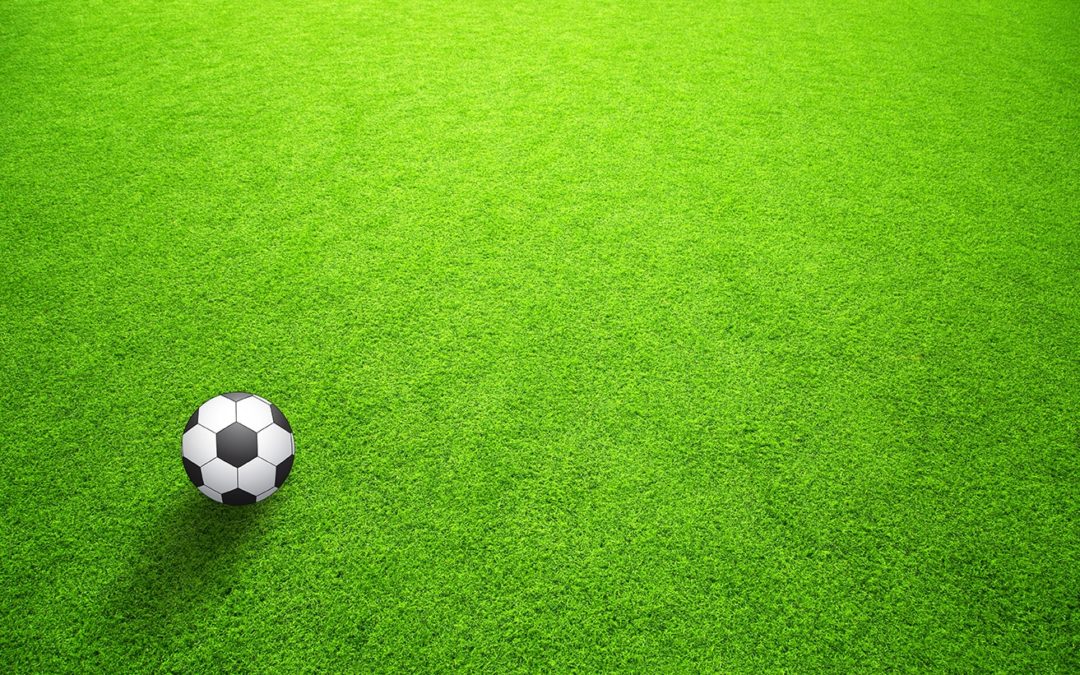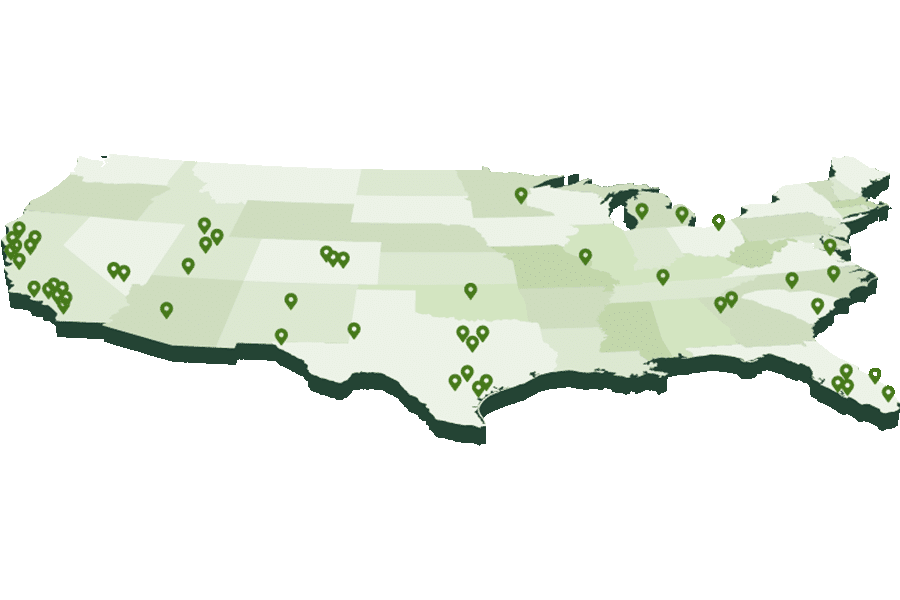When it comes to the actual nitty-gritty of how artificial grass installation works and what it consists of, homeowners considering switching to a synthetic lawn often have a lot of questions. If you’ve already decided to make the transition to sustainable artificial grass or if you’re still on the fence, having more detailed information is always a good thing.
There are six components to a comprehensive, professional artificial grass system: the sub-base, backing, infill, seaming, nails, and yarn. Each one is made out of a different material and has best practices for its design and deployment. Here’s a quick, convenient rundown of each component and what to look for in terms of techniques and materials.
They say that it’s important to work from a strong foundation, and that’s not just an expression. The sub-base is the layer underneath your artificial grass and has a major impact on the whole system. Though you may never see your sub-base after the initial artificial grass installation, you’ll feel its effects for years to come, so making sure you choose the right materials and techniques is crucial.
There are a few choices for sub-base that different installers might recommend, but only one offers the best support and reliability — a sand/gravel mix. It’s important to have a sub-base on top of the pre-existing dirt because dirt is expansive — it expands and contracts based on the climate and can warp and damage anything built on top of it.
Two popular non-expansive base materials are Crushed Miscellaneous Base (CMB) and Decomposed Granite (DG). Both offer solid, reliable support for your artificial grass and are generally available everywhere. CMB is less expensive and coarser and works well for lawns and other home applications. DG is more expensive, very fine, and can ensure a level surface — it’s also ideal for putting greens.
Backing
Backing material is the main support structure for your artificial grass, so when it comes to materials and construction you want durability first and foremost. Secondary considerations may include how environmentally friendly the backing you choose is.
Whether you choose Polyurethane or Latex backing material, make sure the construction is solid and will last a long time. Look for toughness and reliability in both your primary and secondary backing material so you can ensure your artificial grass stands the test of time.
Infill
You might hear a lot about “non-infill” artificial grasses when shopping around, but don’t be fooled. Just because your grass can stand up without infill doesn’t mean you can or would want to use it that way.
Infill serves a variety of purposes in artificial grass beyond just keeping the grass upright. It protects the backing from direct sunlight that can shorten its lifespan, while adding weight and durability to your lawn. Lastly, it increases the ballast to prevent matting and to make sure your grass springs back even after heavy traffic.
There are a lot of great infill materials out there, including some with special properties like Zeolite which can help to reduce pet odors. Depending on the specific needs of your project, you should consult with your installer to find the one that’s perfect for you.
Seaming
Seaming joins together individual lengths of artificial turf and plays a big role in the integrity of your purchase, so choosing the right materials is important. Your three main choices are seaming tape and glue, sod staples and nails, or industrial double-sided tape. Each has its own advantages and disadvantages.
Elements that impact which seaming system you choose include cost, sub-base material, and climate. Seaming tape and glue is the most expensive, durable, and easy-to-conceal system for seaming. It’s also the only one suitable for putting greens. Double-sided tape is popular in hot climates where glue may not cure properly, and for temporary installations as it can be easily undone.
Nails
Nails are used to keep the edges of your artificial lawn in place in most situations and help keep everything secure. Most common nails will do the job, but skilled installers can help you decide what size and shape will best fit your artificial grass installation while providing the most secure hold.
Yarns
The part of your artificial grass you’ll interact with the most bar none is the yarn; the “blades of grass” that you’ll walk, lay and play on. The process of producing yarn is complex, and there are a huge variety of options on the market today making claims to the best, most comfortable, most durable, etc.
There’s so much diversity in the world of artificial turf yarns they deserve their own post, but here are the key facts you need to keep in mind when making a choice: color, design, and performance. Each yarn will score differently in each category, so make sure to consider your options before making a choice.
The color of your yarn will help it blend in with (or stand out from) your surroundings, so take your time when choosing. Remember that even the best artificial grass yarns will fade with time and exposure to sunlight. If possible, ask to see an older sample as well so you can get a sense of how it will age.
Depending on the construction of the yarn, different material’s designs imitate the texture of various natural grasses like St. Augustine, Kentucky bluegrass, or Bermuda — as well as amazing hybrids that don’t exist in nature but combine the best of different strains. The sky’s the limit when it comes to yarn design, so find the one that fits your project and resonates with your aesthetic.
Performance is the least subjective category when it comes to yarn, but your personal taste still plays a role. Will it stand the test of time? Does it feel natural and comfortable underfoot? These are all performance considerations to take into account when selecting the yarn for your artificial lawn.





